Pope Francis died from stroke and heart failure: Vatican
Despite recent hospitalization for double pneumonia, Pope Francis resumed duties against doctors' advice
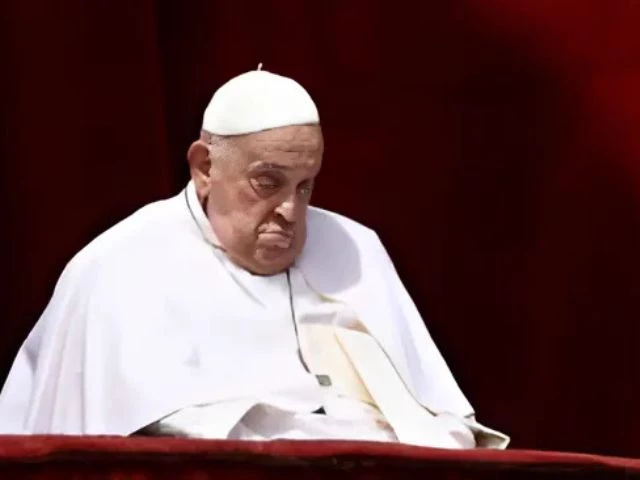
Pope Francis, the first Latin American pope and a transformative figure in the Catholic Church, died Monday morning at the age of 88 following a stroke and subsequent irreversible heart failure, the Vatican confirmed.
The Argentine-born pontiff passed away at 7:35 a.m. local time in his Vatican residence, just a day after appearing in public during Easter celebrations in St. Peter’s Square.
Despite recent hospitalisation for double pneumonia, Pope Francis had resumed duties against doctors' advice, continuing to meet dignitaries and deliver blessings.
The death certificate noted the pontiff had also suffered from Type 2 diabetes, previously undisclosed.
Cardinal Kevin Farrell, the Camerlengo, announced the pope’s death and now oversees Church operations until a new leader is elected.
Cardinals in Rome will convene Tuesday to begin funeral planning and discuss the nine-day mourning period known as Novendiales.
The pope’s body is expected to be moved to St. Peter’s Basilica by Wednesday for public viewing.
The funeral is anticipated between Friday and Sunday, with a conclave to select the next pope to begin no earlier than May 6.
In a departure from tradition, Pope Francis requested burial at the Basilica of Saint Mary Major instead of St. Peter’s.
Global tributes have poured in. US President Donald Trump and other world leaders, including Argentina’s Javier Milei, have confirmed attendance at the funeral.
From Buenos Aires to the Philippines, Catholics mourned the pope who championed the marginalized and modernized Vatican operations.
Known for humility and reform, Pope Francis’ papacy was marked by efforts to address clerical abuse, decentralize Church authority, and promote social justice.
“He died with the smell of the sheep on him,” said Cardinal Michael Czerny, honoring Francis’ deep connection to the faithful.




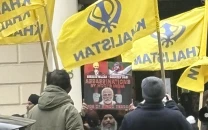
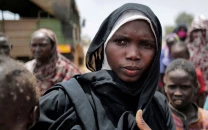


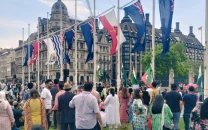

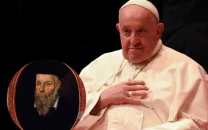
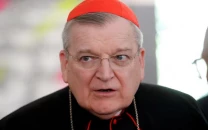
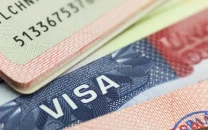

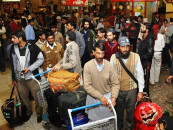
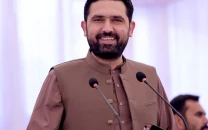
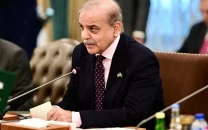
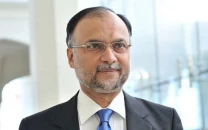




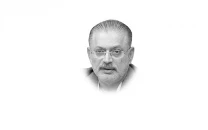
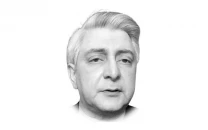
COMMENTS
Comments are moderated and generally will be posted if they are on-topic and not abusive.
For more information, please see our Comments FAQ